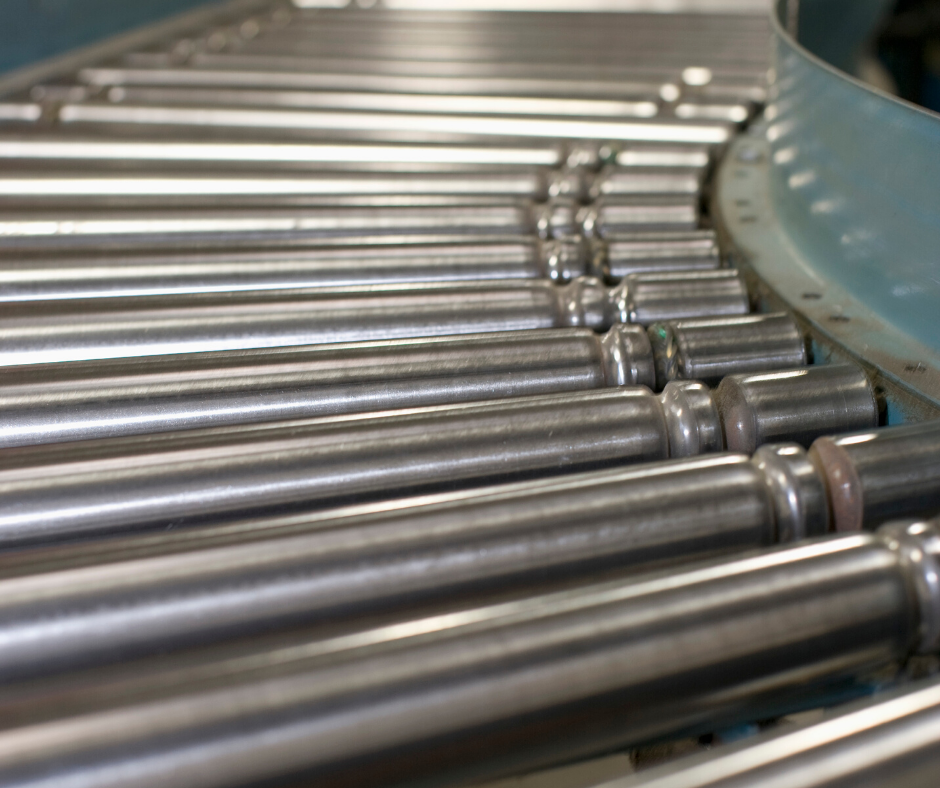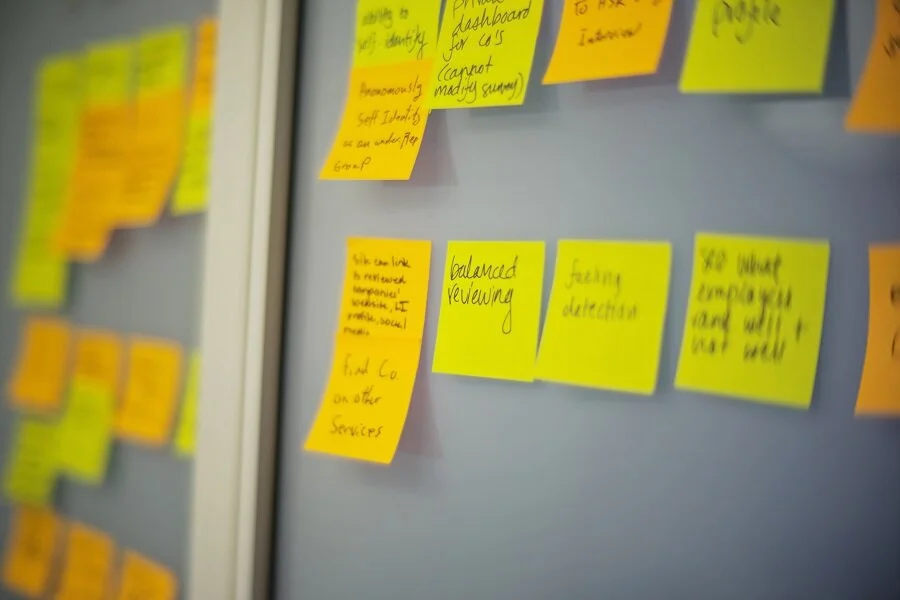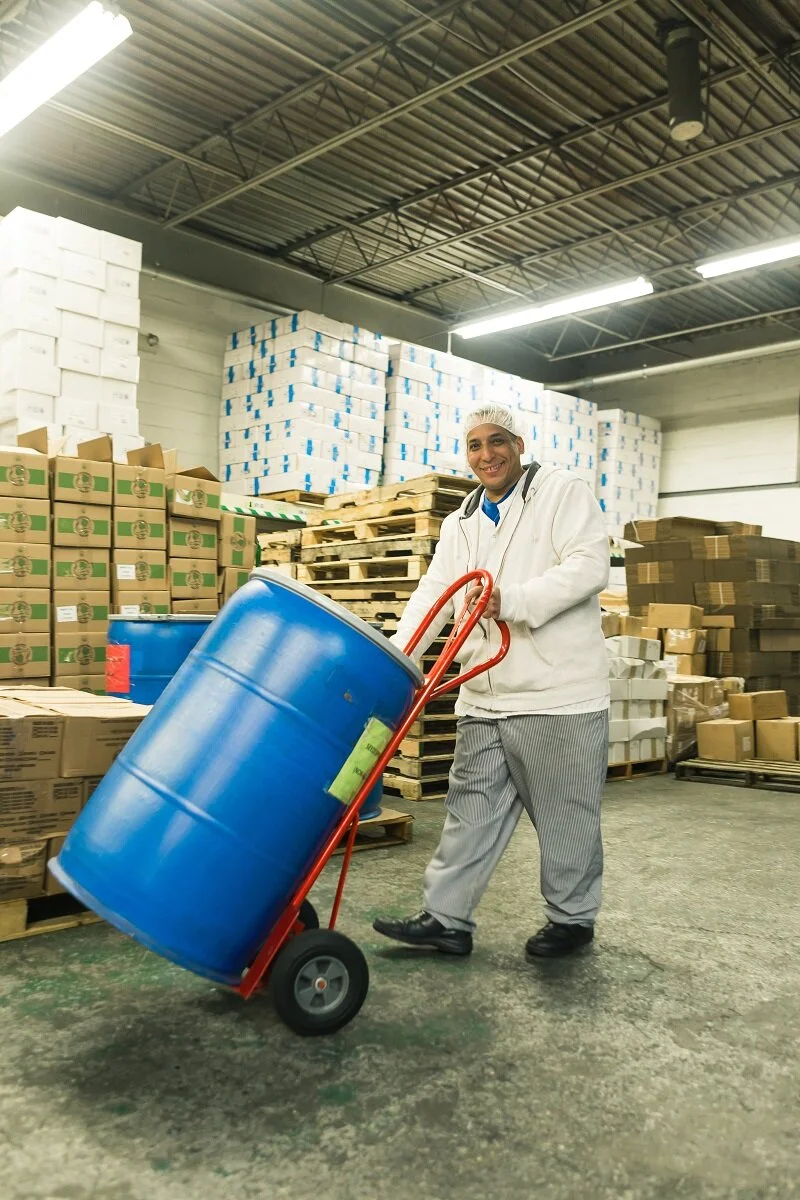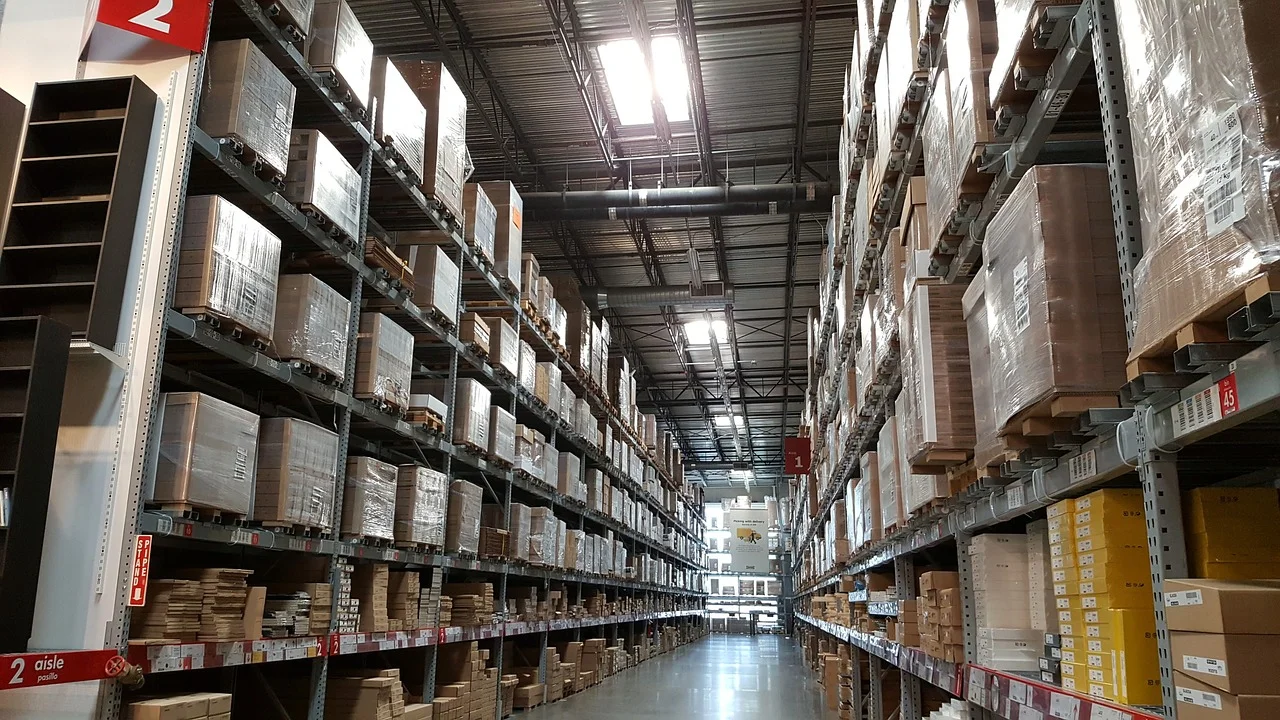For those unfamiliar with the term, Gemba means “the real place, the place where the work is done.” A Gemba walk therefore means that you are going to walk through the real place and assess the work being done there. I tweak it a bit to mean, “assess the health of the operating system.” This sounds like an audit, and it is. For many companies, the idea of the Gemba walk is to take people out of their offices and walk through the process with their people. It’s not always the most comfortable thing for people to do. If done well, it can be extremely impactful. If not done well, it becomes a big waste of time.
Read MoreThe Pilot Plant at Armstrong World Industries, a global ceiling tile manufacturer, has tons of operating equipment designed to allow technicians, engineers, and scientists to try out their ideas and experiment in their efforts to create new processes and products. One of the areas in the Pilot Plant that gets the most use is the wood shop. Containing over 50 separate pieces of equipment, much of it requiring skills to operate it safely.
Read MoreA global consumer goods manufacturer was experiencing high levels of downtime, jams, and long changeovers on a critical production line. They invited Process Improvement Partners to their plant to observe and discuss the problem and identify opportunities for improvement. After reviewing performance, we took a walk to the line. The line was running, and after a description of line components, it became apparent there were quick opportunities to improve performance of the line.
Read MoreWhen teams start working on a problem, they are often given the freedom to choose their own solution path, and it may not be anything like you were anticipating. I learned many years ago every time I tried to predict what a team was going to do; I would be wrong. They typically beat anything I could come up with. So, I decided to stop trying to guess and shifted my focus to helping them accomplish as much as was possible during the short time of the Kaizen event. To do this, I had to come up with creative ways to encourage them. Some ways were silly, some were formal, but they always seemed to remember the recognition. Here are two examples…
Read MoreIn February 2020, Process Improvement Partners was asked to facilitate a strategic planning session in Montreal for a global consumer products company. Having facilitated multiple Kaizen events where English is not the primary language, we set about to design an event that would incorporate additional translation time and resource effort for the event. Normally, this type of session takes three days. Even though we were told that most participants were bi-lingual, we aligned with the sponsor and leader and added four hours to the event plan.
Read MoreIn 2011, Armstrong’s Marietta ceiling plant was utilizing technical resources and replacement workers to run the plant. Management and the labor union were unable to come to an agreement around their contract, and for seven months, the union workers were locked out.
Read MoreIn 2005, I was asked to be part of a team to help Armstrong’s Mobile Alabama ceiling tile plant improve their performance. Production output had steadily declined over the first few months of the year, and they were well behind budget. The team was tasked with identifying and implementing improvements to the operation that would drive performance back to budget for the full year. The team leader called the effort a “Full Court Press”, meaning we would not give up until we accomplished our mission.
Read MoreMy focus in continuous improvement has always been to help teams solve problems in a sustainable way. Early on in my career, I learned many facilitation techniques through trial and error, mostly error. One of the biggest errors I ever made during a Kaizen event was to be too directive with a team. When one of the team members said, “Adam wants us to do this…,” I knew I was in trouble.
Read MoreIn 2010, a private equity firm took a minority stake in Armstrong World Industries. They brought in many leaders at executive levels and committed to a strategy of Lean transformation. Their initial focus was manufacturing, and then when ready, they would expand efforts to the supporting organizations. From 2010 through 2012 in the manufacturing organization, emphasis was placed on Lean training and conducting hundreds of Kaizen events. In many cases, outside consultants were brought in. But, where there was experience, internal resources worked with teams and facilitated Kaizen events.
Read MoreEarly this year, Process Improvement Partners was invited to conduct a site assessment for a packaging company in western Pennsylvania. The facility was operating a new technology that wasn’t performing to expectations. They wanted to identify opportunities to improve their situation using the engagement and empowerment of their employees.
Read More
Armstrong World Industries makes billions of square feet of ceiling tiles every year, shipping to locations all around the world. Most of these tiles are white. The remainder are off-white or a few standard colors. If a customer wants non-standard colors, until recently, Armstrong used an outside vendor.
Read More
In 2019, Process Improvement Partners was asked to run a reliability Kaizen for a factory in Missouri. A month in advance of the event, I conducted a site visit and took a walk to the line to be improved. Cluttered, dirty, and lacking organization, the line was operating at extremely low levels of efficiency. There was an hourly production board and it was filled with red numbers, meaning production output was below target levels most of the time. Working with the sponsor, we aligned around efforts to improve safety and productivity of the operation using reliability and Lean principles.
Read More
I was Lean Champion for the global technology team at Armstrong World Industries for many years. During that time, I supported teams of technicians, scientists, engineers, project managers, and the leadership team across four different departments. I had the good fortune to assist teams in their efforts to develop and launch new products, deploy capital equipment, and build factories all over the world. All departments had access to the Pilot Plant to support their efforts when necessary.
Read MoreProcess Improvement Partners was invited to help a gummy vitamin manufacturer reduce their changeover time. Walking through the process with the sponsor, we felt that we could attain a sustainable 50% reduction in time, while improving the safety of the process and engaging the team with a winning attitude.
Read MoreAfter a three-year stint as Operations Manager in a plant in Oregon, I was offered the opportunity to return to the Innovation Group in the global technology group for Armstrong World Industries, a ceiling tile manufacturer. I was to support a group of scientists, technicians, and innovators improve their processes and speed up the time to launch new product ideas.
Read MoreIn 1994, I was responsible for quality control for a ceiling grid joint venture between Armstrong World Industries and Worthington Industries. At the time, we had two domestic plants, but plans were in place to build a new plant in a town in the northern part of France, Valenciennes.
As an Industrial Engineer, I was very interested in the overall design and layout of the plant, and wanted to help maximize the flow of materials throughout the plant. I was invited to participate in the early development of design options.
Read MoreIt was shortly after Thanksgiving, late one afternoon on a cold day in November. I had just gotten home from what I thought was my last business trip of the year. I was tired and wrung out from all the travel, not to mention all of the hubbub of gearing up for the holiday season with friends and family, dinners and parties, and you get the idea. I had just sat down in my favorite comfy chair and put my feet up and closed my eyes when a call came in to the Process Improvement Partners Hotline. The voice was deep, full of life, and familiar. “Adam!“ It wasn’t a question, it was a statement. It was as if he knew me and somehow, I knew him. I had spoken with him before, but I couldn’t put my finger on when and where it might have been.
Read MoreIn 1991, I was offered a position as a shift supervisor at a ceiling grid plant in Franklin Park Illinois, a suburb of Chicago. I received supervisor training the prior year and this was my first opportunity to use what I learned in the real world. From my second-floor office, I was able to see both ends of the plant, including the eleven operating lines and the warehouse. What immediately struck me was the lack of focus on the quality of the product we were producing.
Read MoreIn 2005, I was working in the central engineering group for Armstrong in Lancaster PA. One day, while I was sitting in my cubicle, the CEO of our division came up to me and told me that he needed my help at our newly acquired cabinet plant in Auburn Nebraska. I asked him what help I could provide. He looked at me and said, “Fix it – you’ll know what I mean when you get there.”
Read MoreSometimes we make things more complicated than they have to be. When we remove the complexity, things seem to get better. I have learned this lesson many times, but my trip to Macon Georgia proved it to me and my team.
Read More




















